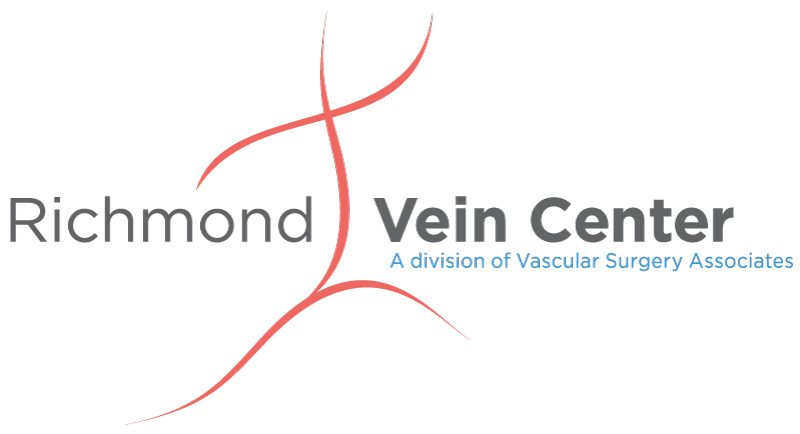Initially, candidates undergo a venous duplex scan ultrasound in the vascular lab to determine if venous reflux is the problem and precisely where it originates.
Once the diseased vein is treated with the VNUS® Closure® procedure, blood flow is redirected to healthy veins, reestablishing a normal flow of blood in the legs. When the physician removes the catheter, he places a bandage over the insertion site. Patients are then instructed to walk regularly, wear compression stockings for 7 days, and avoid long periods of standing for several days after the procedure to speed their recovery. Since scarring, bruising and swelling are minimal, most patients are able to resume their everyday activities – either at home or at work – typically in 1-2 days.
Treatment is tailored to meet the specific needs of the individual patient. Obviously, some patients have more extensive venous disease than others and each patient is evaluated individually to avoid inadequate treatment, which can result in needless expense. The important issue to determine in venous disease/varicose veins is the level at which venous valves have become non-functional. If the problem is not correctly addressed at its source, vein disease can reappear or even be worsened. Correctly addressing vein problems does not guarantee that there will be no future problems, but should lessen them and make them easier to treat.
Venous Reflux Disease treatment options may include injections (sclerotherapy), minimally invasive procedures (ambulatory microphlebectomy), and surgery. One or more of these may be recommended. All treatments destroy or remove veins. (The remaining veins take over the workload, carrying the blood back to the heart. Blood flow then becomes more efficient.)

